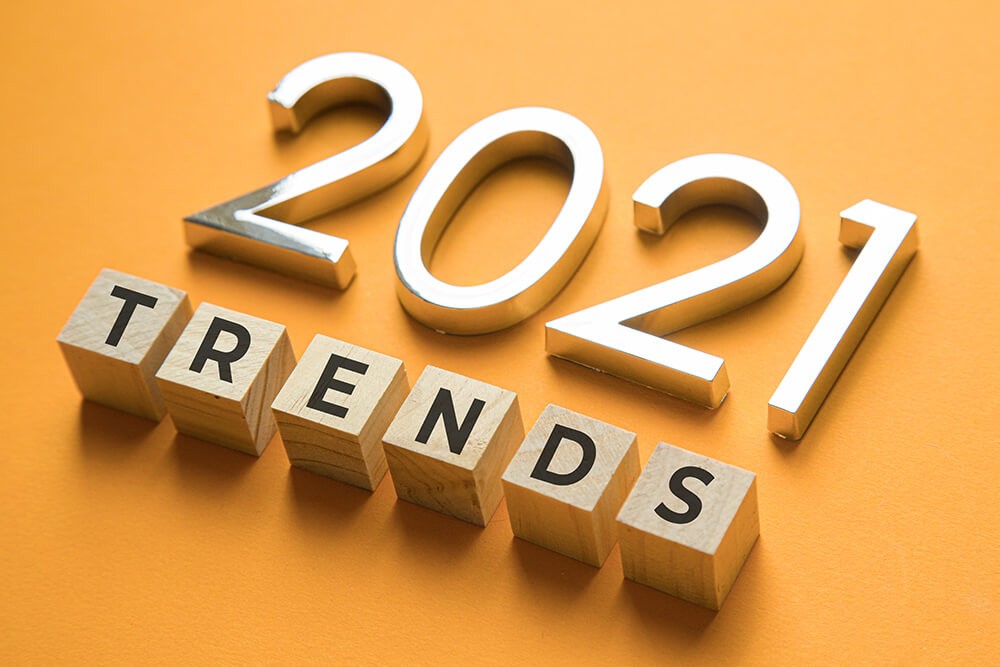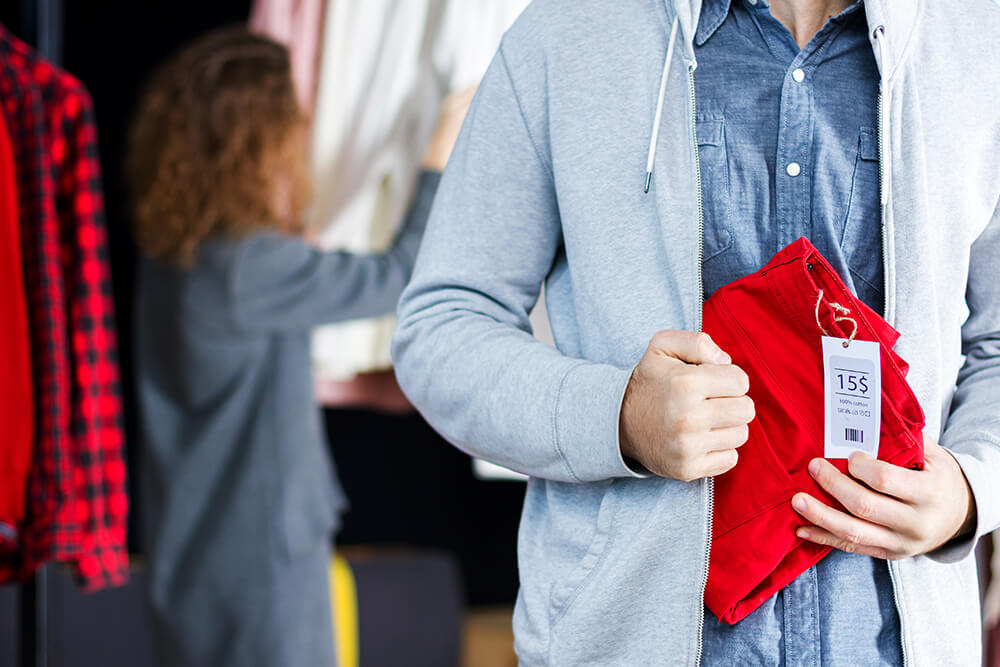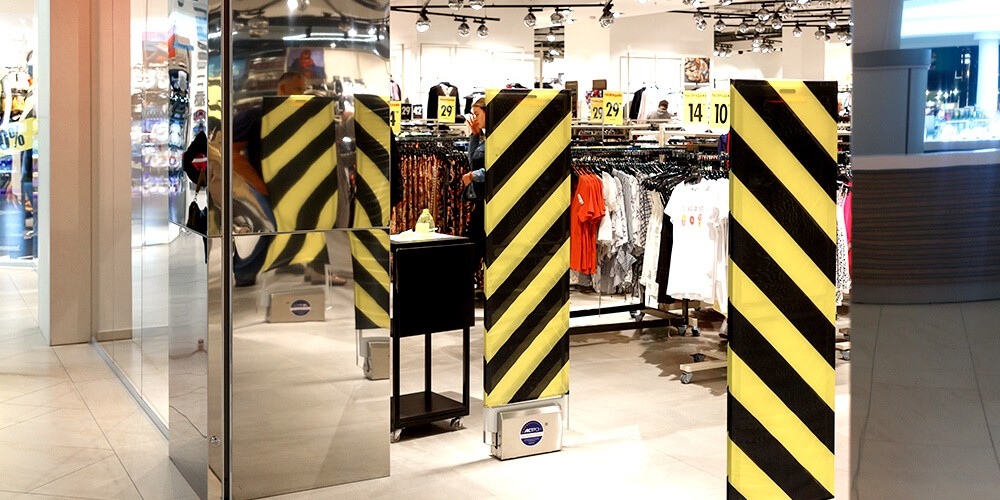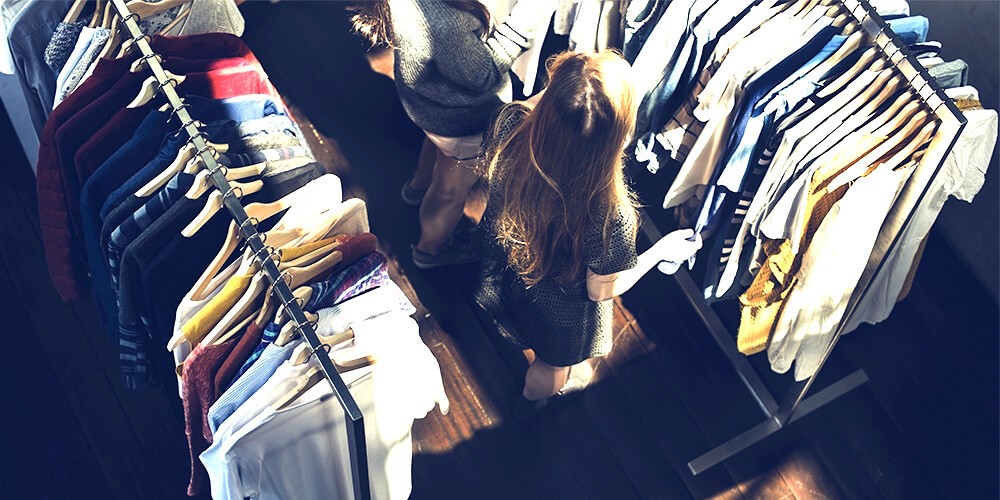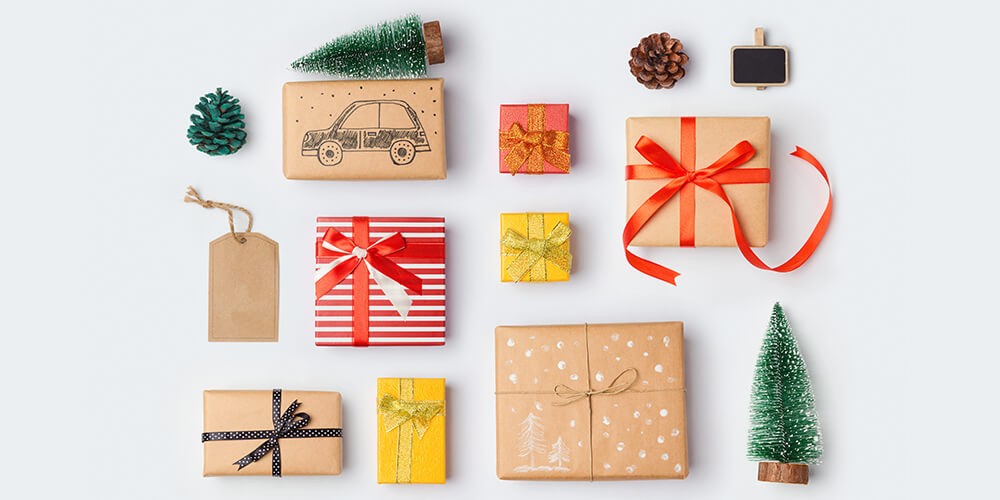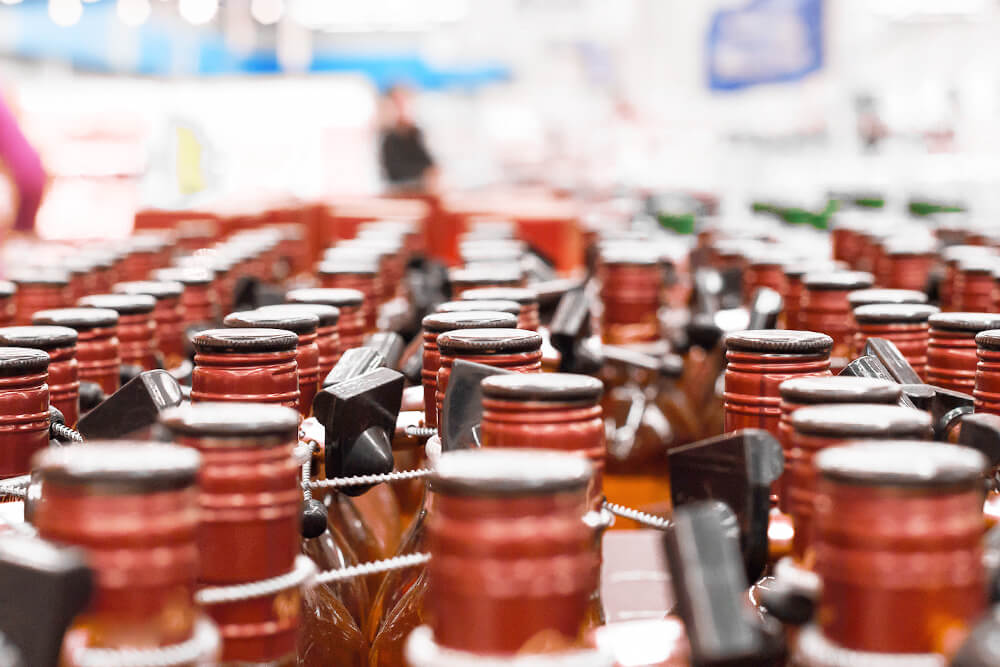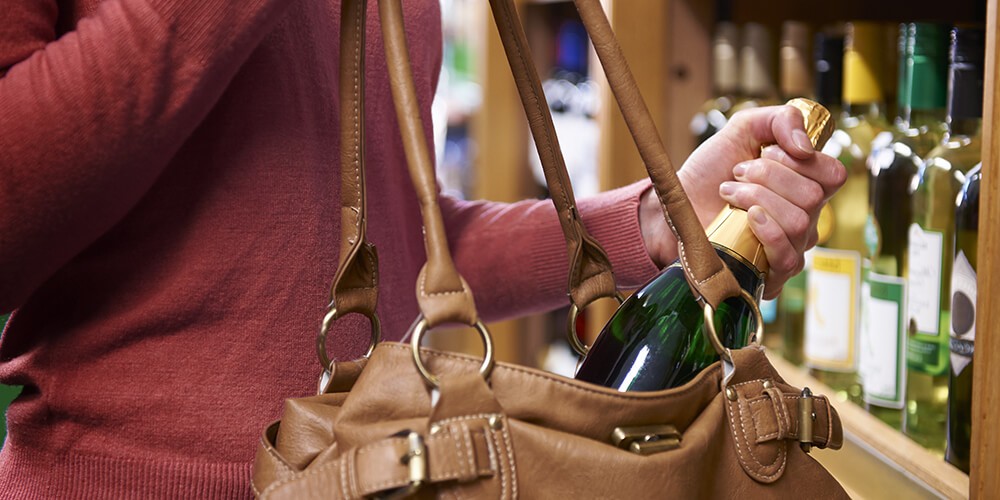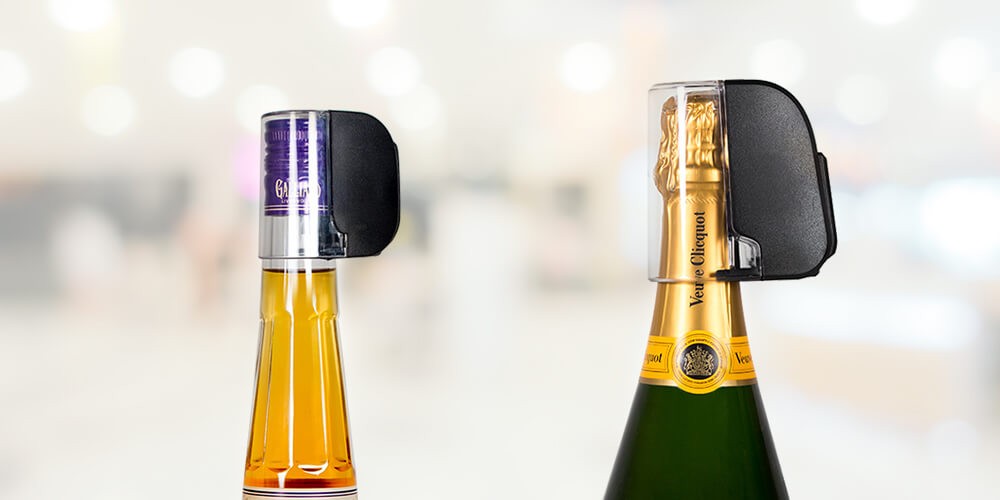2020 proved a watershed year for the US retail sector, with brands required to quickly pivot and adapt in the face a global pandemic and the Black Lives Matter social movement.
As a result, a raft of changes were introduced, including contactless retail, and an upswing in online ordering and curbside pickup, while retailers were also called on to stand up and deliver on social values.
So, as we exit 2020, what are the retail trends that will translate into 2021?
Protecting the bottom line
Protecting the bottom line has been paramount in 2020, and this will continue into the coming year. Despite some rallying in recent times, US consumer confidence hit a four-month low in December and the road ahead looks equally rocky.
For retailers that means they need to protect the bottom line with a clear understanding of their numbers, and solid policies and future plans.
Part of securing that bottom line is about protecting a retail outlet against loss. In 2020, US retail loss hit an all-time high, costing the sector an astounding $61.7 billion with profits literally walking out the door due to shoplifters, employee theft, human error, and miscellaneous loss.
Now is the time for retailers to plug that leak, taking a good hard look at their loss prevention strategies and how to improve them.
Contactless and convenient
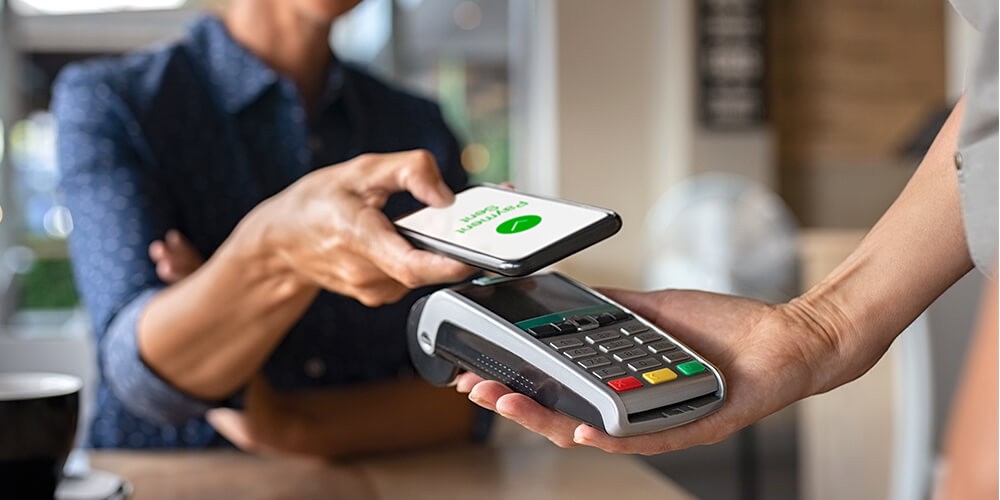
Customer convenience has been key to the retail sector surviving and, in some instances thriving, in 2020. After all, this was the year that saw Buy Online Pick Up Instore (BOPIS) and online retail enjoy a major upswing in adoption.
The year ahead will see the demand for convenience continue, with the customer expecting to effortlessly navigate between the real-world and online retail environments.
Meanwhile, contactless retail will remain a priority, with stores continuing to implement strategies like contactless payments, contactless delivery, and contactless curbside pickup.
Communication critical
Communication has been critical throughout 2020 in a year when the Covid landscape kept changing.
In fact Forbes recently noted consumers actually trusted the information from the business more than they trusted their own government in the US over the course of the year.
This communication will continue to be an expectation. The bar has been raised, customers rewarded business for their efforts and now they will settle for nothing less than a credible, consistent two-way conversation using the medium that best suits them.
Social values imperative

This was also a year when retailers were judged by their social values, how well they communicated them and then how effectively they matched their actions with their brand promise.
Earlier this year, Harvard Business Review explained Covid had put business’ social values to the test like never before, and many consumers looked to the corporate world to see how they handled both customers and staff during the pandemic.
Meanwhile, Forbes noted 71 per cent of consumers said they would lose trust in a brand forever if they were perceived to be putting profit before people.
In the coming year, that trend will undoubtedly continue, with consumers placing increased pressure on brands to align their social values with their image and take action that supports that commitment.
Empowering staff
The human factor continues to be real-world retail’s greatest asset with staff at the frontline of the retail experience.
These valued members of the retail team need to be empowered to do their job efficiently and effectively with tools that allow them to tap into the knowledge and offer superior customer service.
Among the tools available to assist are things like mobile Point of Sale, along with creative product displays and little things like smart keys which enable them to be more efficient.
Together, these allow staff to better cater to their customer at a time when it’s never been more important to go above and beyond the customer expectation.
You can find out more about how the retail landscape is changing, and how we can assist with protecting your bottom line here. Or you can shop directly for security tags here, and security labels here.
